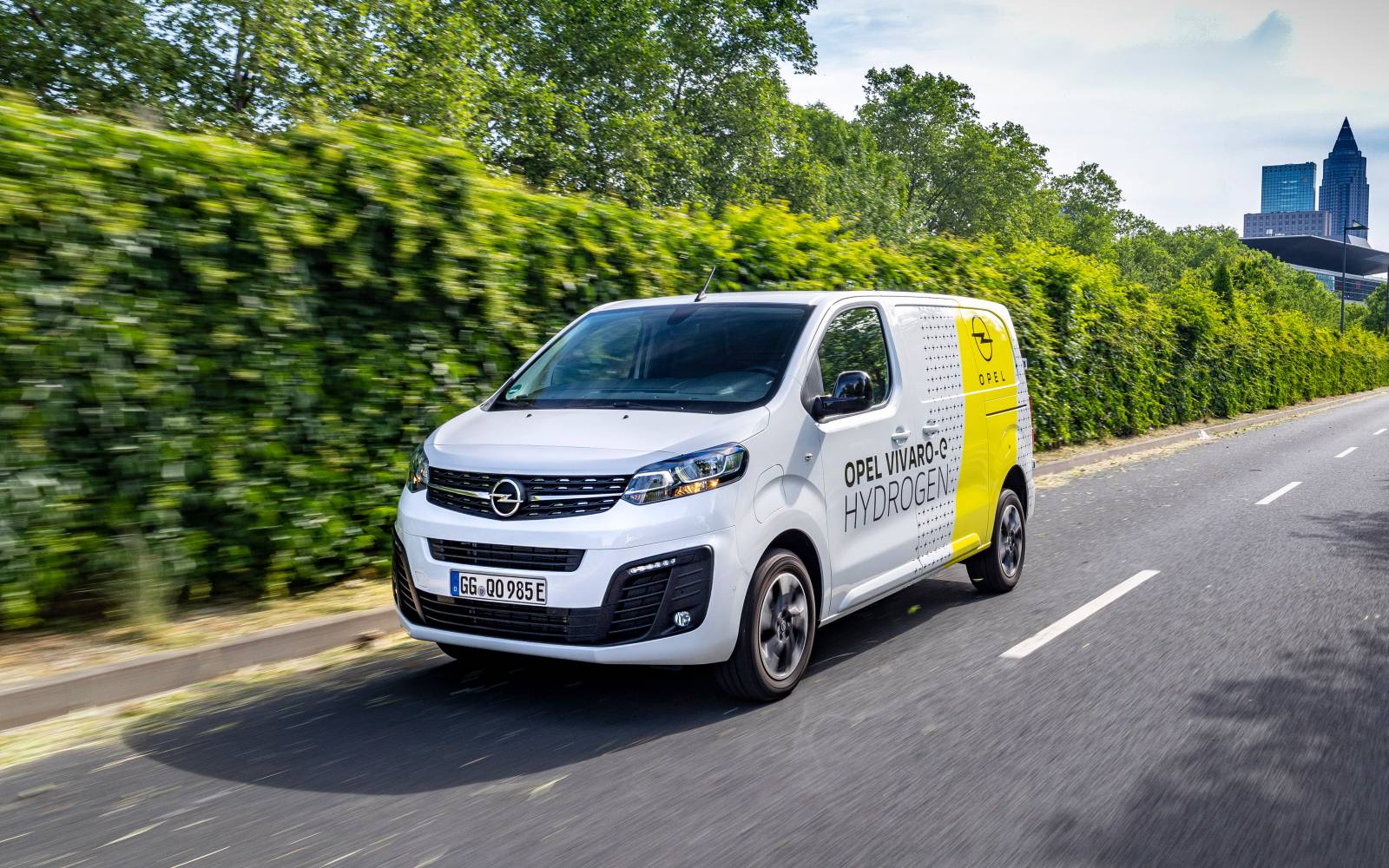Review – This van from Opel can travel 400 kilometers all-electric
Hydrogen has future?
In a few years, diesel-powered commercial vehicles will no longer be welcome in some inner cities. Therefore, many business owners are switching to all-electric vans. The supply is great, yet there are still many business owners who are missing something: an electric van with a long range that can be fully recharged within five minutes. No such bus exists yet. At least, no such battery-electric bus exists yet. A hydrogen-electric bus with these features already exists.
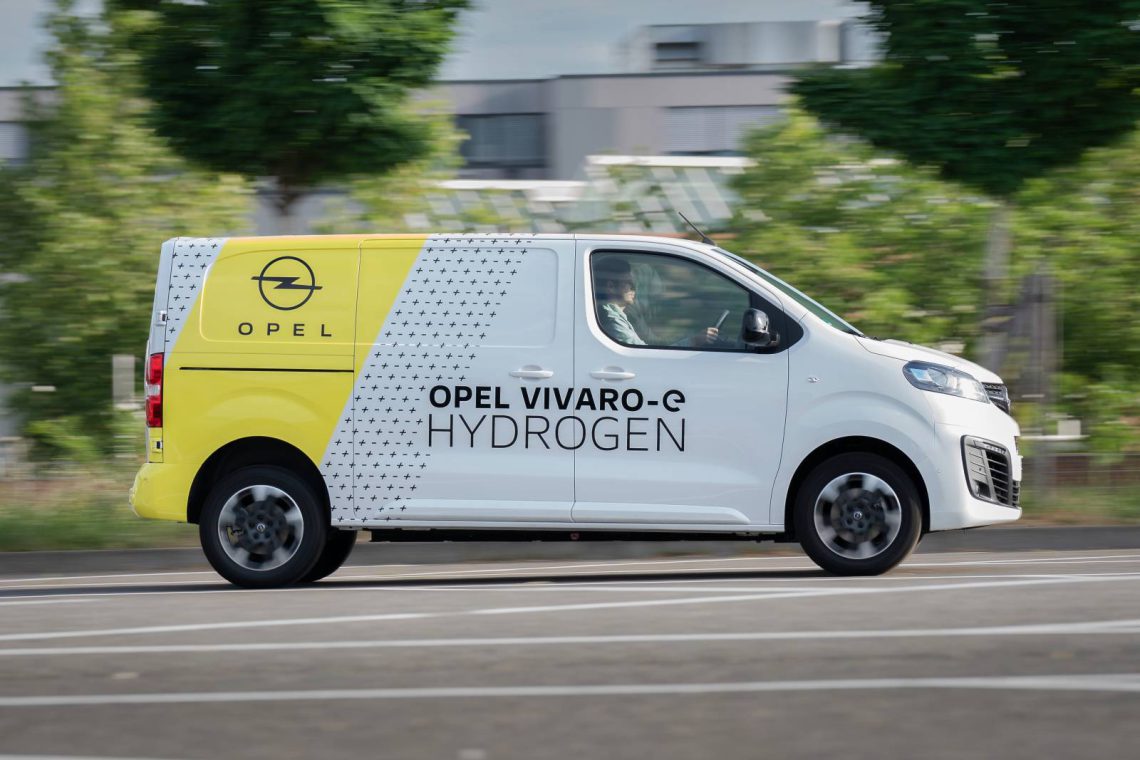
Opel Vivaro-e HYDROGEN
Meet the Opel Vivaro-e Hydrogen. The model is based on the existing battery-electric Opel Vivaro-e. It gets its energy not from fully charged batteries, but from hydrogen tanks. Under the hood is a 45 kW fuel cell, which converts the goodness from the tanks into electricity. With full hydrogen tanks, the range is more than 400 kilometers. Refueling hydrogen takes about three minutes – about as long as refueling a conventional diesel or gasoline car.
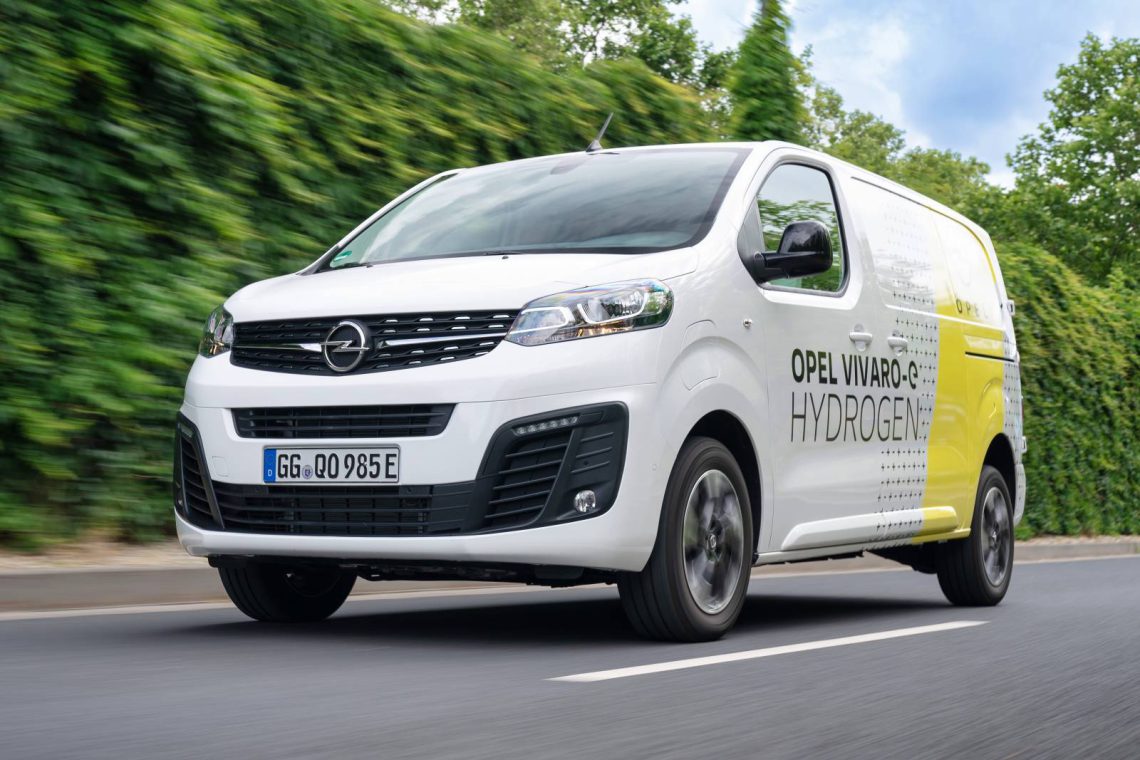
Hydrogen plug-in hybrid
In addition to the hydrogen tanks, there is also a small battery pack in the bus, with a capacity of 10.5 kWh. So the hydrogen bus is a plug-in hybrid, as you can just hook it up to the charger. The bus even comes standard with a three-phase onboard charger (11 kW). Within 90 minutes, the battery pack is fully charged.
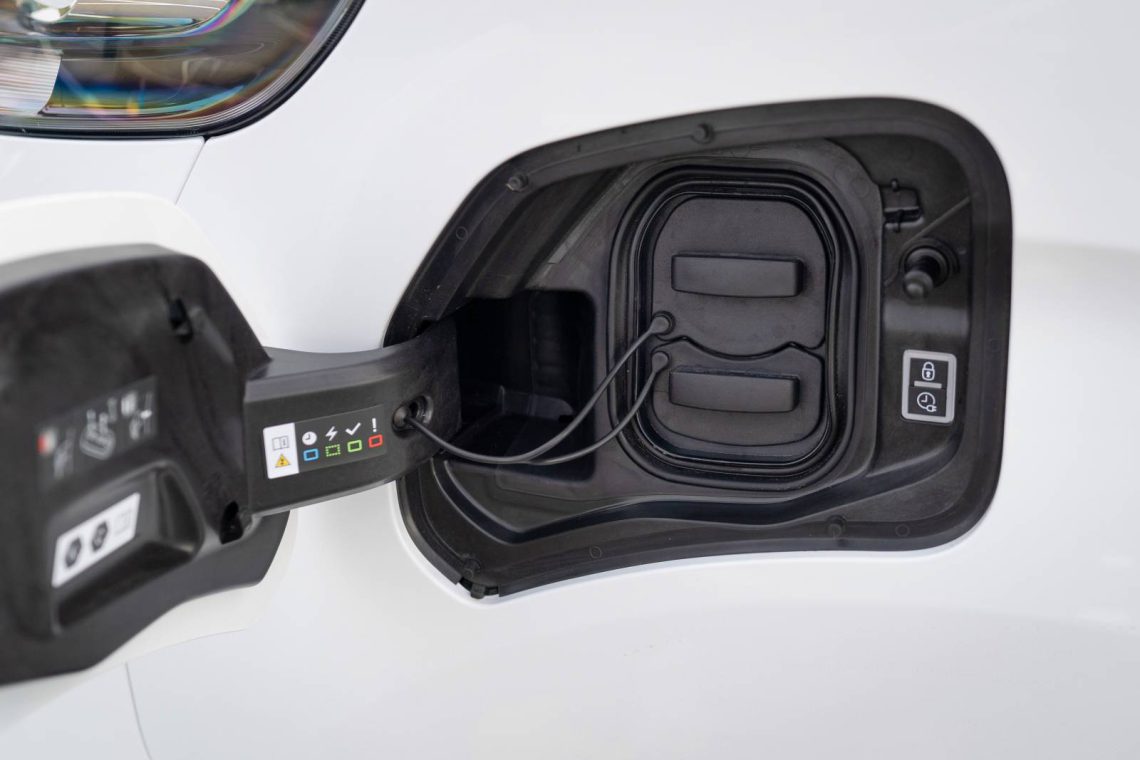
Electric driving
The battery provides some extra power, such as during take-off and acceleration. On a full battery charge, the bus reaches about 50 kilometers. The hydrogen powertrain provides the remaining 350 kilometers of range. The Vivaro-e Hydrogen drives like a normal electric bus. An electric motor drives the front wheels, just as in a regular Vivaro-e. Thanks to the battery, the hydrogen Vivaro can even use regenerative braking. The energy released from braking is then stored by the bus in the battery.
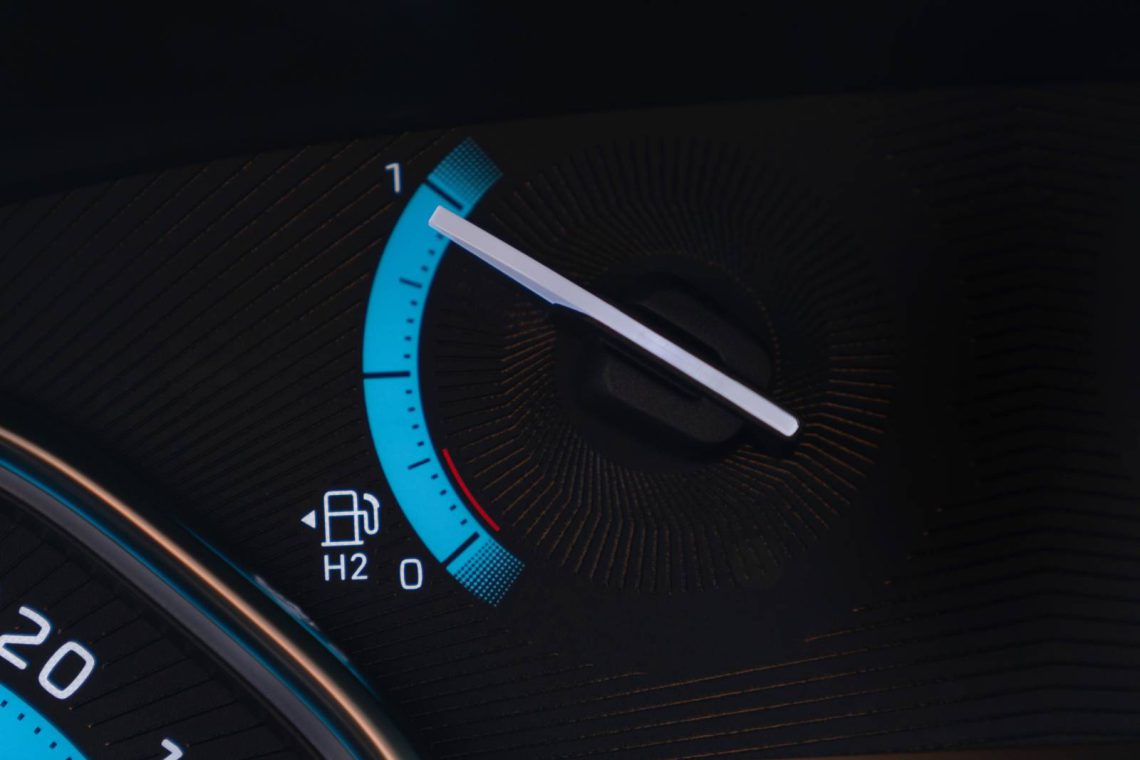
Pack mule
Despite its hydrogen powertrain, it still offers as much cargo volume as the internal combustion engine version: up to 5.3 or 6.1 m3. The hydrogen-electric commercial vehicle is available in M and L lengths (4.95 and 5.30 meters long) and with a payload of up to 1,000 kg.

Fueling
With the bus, Opel is targeting commercial vehicle customers who drive more than 300 kilometers daily and thus need a greater range than many battery-electric buses can currently offer. But there is another target group that Opel wants to serve: employees who take home a company bus but do not have a charging station. Think of construction workers, electricians and plumbers who have their work bus as a company car. You see these vans on every street, but often their owners do not have access to a private charging station. A hydrogen bus would make it easier for this target group to switch to electric driving.
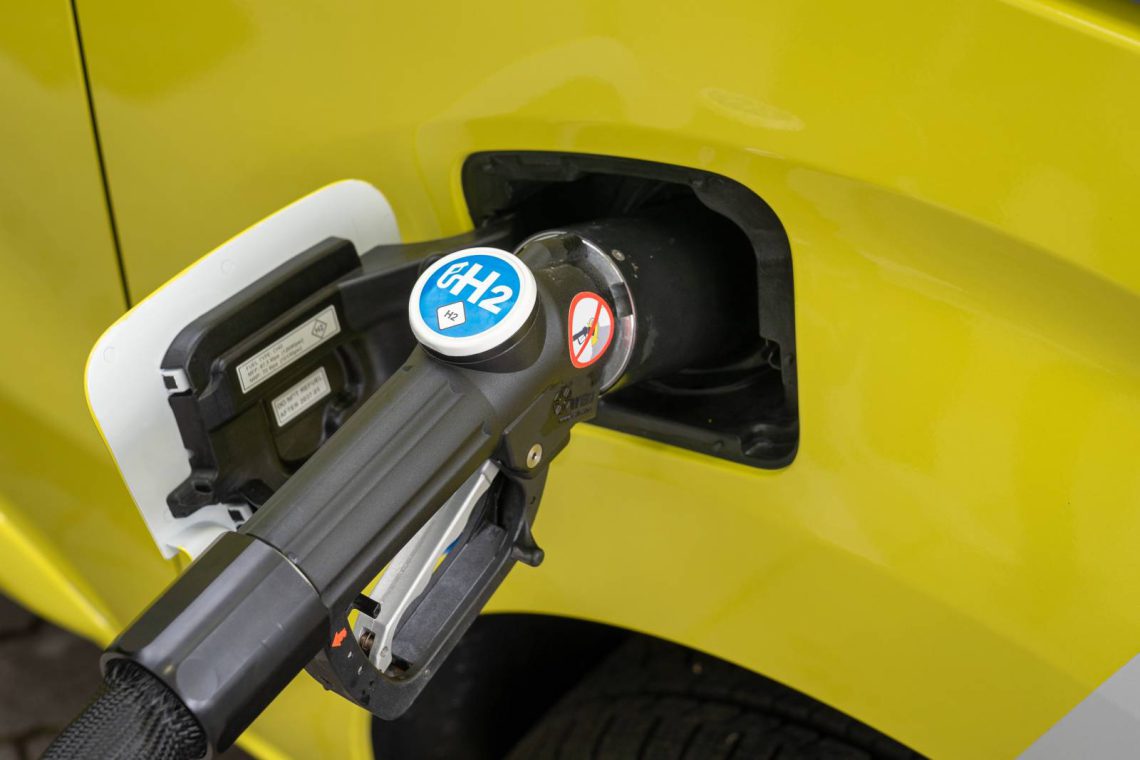
Important role
Stellantis – Opel’s parent company – is firmly committed to hydrogen. Last year, the European Clean Hydrogen Alliance – of which Stellantis is part – announced investments worth about €60 billion in the development of a hydrogen ecosystem. The number of hydrogen refueling stations in Europe should grow to 2,500 by 2030 and 10,000 by 2055, when some 450,000 light commercial vehicles and 10,000 trucks are expected to be running on hydrogen in Europe.
In addition to the Vivaro-e Hydrogen, Stellantis is also introducing hydrogen-electric versions of the Citroën Jumpy and the Peugeot Expert. Buses of the three brands now roll off the line in Rüsselsheim, but from 2024 production will shift to the plant in Hordain, in northern France. The goal is to produce about 5,000 hydrogen-electric commercial vehicles a year there.

